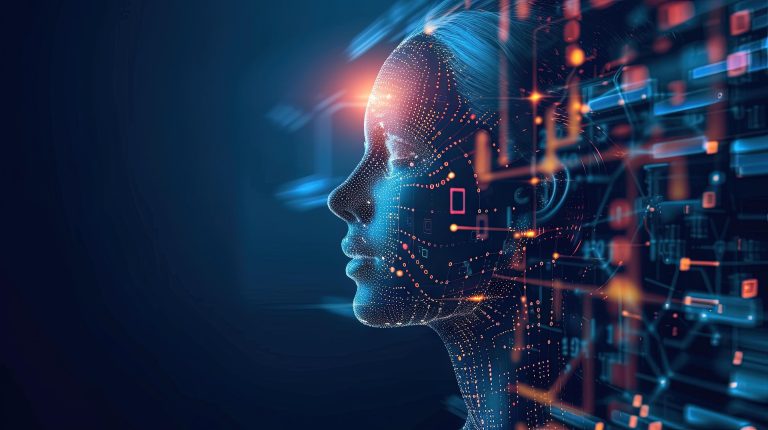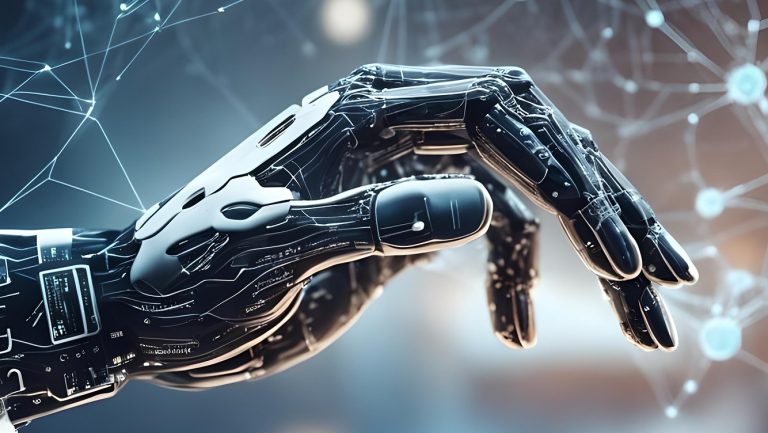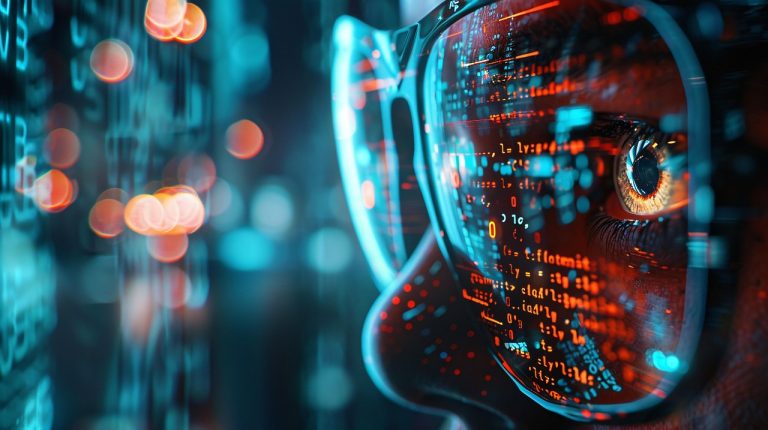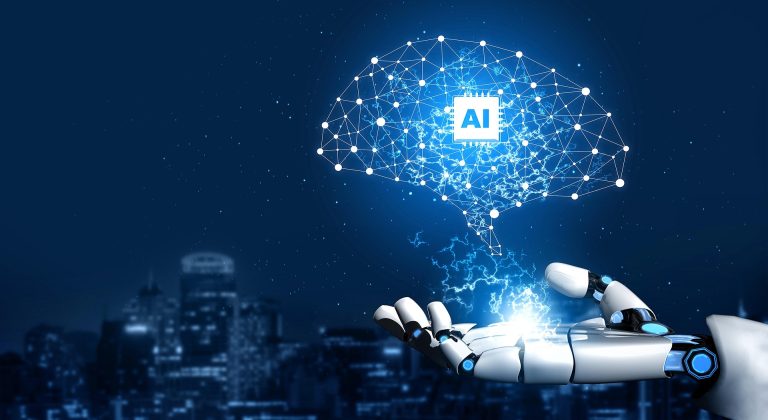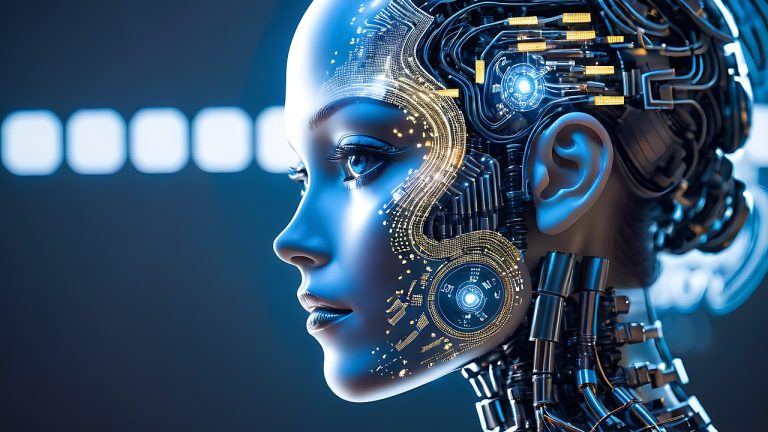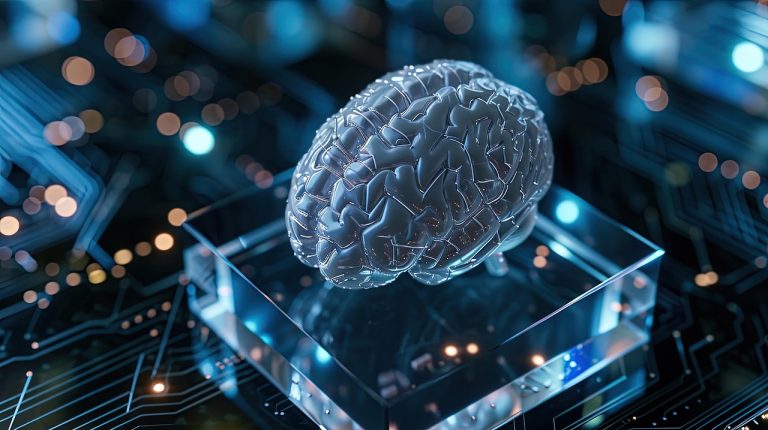Big Data: Understanding the Power Behind Massive Information
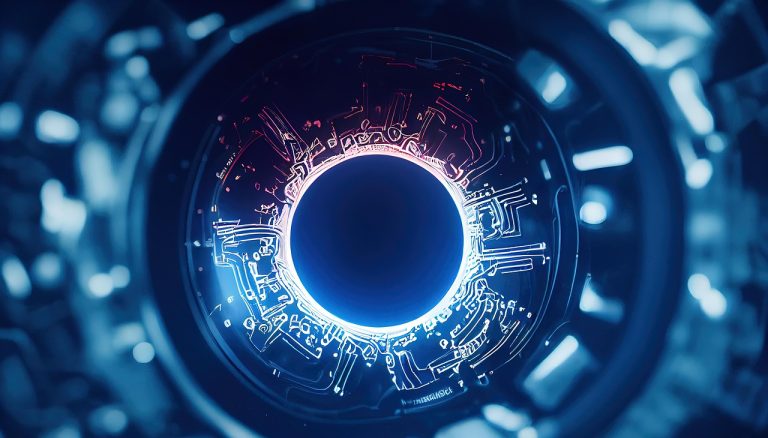
Big Data refers to massive, fast-growing, and diverse sets of information that require advanced tools—often powered by AI—to process and analyze. It drives innovation in fields like healthcare, finance, and environmental monitoring, enabling real-time insights and smarter decisions. However, it also raises challenges around privacy, bias, and data security. Understanding how to manage Big Data responsibly is key to shaping a fair and intelligent future.
